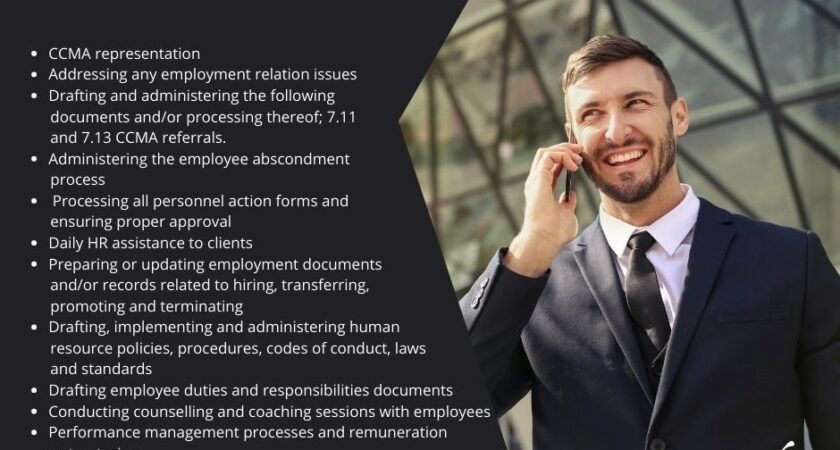In today’s competitive business environment, a company’s success is determined by its products or services and the quality of its employees. As a result, companies that strategically plan their human resources are better equipped to navigate challenges, achieve their goals, and stay ahead of their competitors.
Strategic Human Resource Planning involves anticipating future staffing needs, identifying the skills and talents required, and developing strategies to recruit, train, and retain employees who can help achieve the company’s objectives. It’s a continuous process that aligns human resource practices with the company’s goals and objectives.
The benefits of strategic human resource planning are numerous. It helps companies to:
- Improve employee productivity and engagement: By hiring the right people for the right job, providing them with the necessary training and development, and creating a positive work environment, companies can improve employee productivity and engagement. Engaged employees are more likely to be committed to the company’s goals, be more productive, and provide better customer service.
- Reduce employee turnover: High employee turnover can be expensive for companies. Strategic Human Resource Planning can help companies reduce employee turnover by creating a positive work environment, offering competitive compensation and benefits packages, and providing career growth and development opportunities.
- Build a strong employer brand: An employer brand is a company’s reputation as an employer. A strong employer brand can help companies attract and retain top talent.
- Increase profitability: By improving employee productivity, reducing employee turnover, and building a strong employer brand, companies can increase profitability.
The process of Strategic Human Resource Planning involves several key steps:
- Analysing the company’s business strategy: The first step in Strategic Human Resource Planning is to assess the company’s business strategy. This involves understanding the company’s goals, objectives, and values. This ensures human resource professionals like Morale Corp can develop strategies to align human resource practices with the company’s goals and objectives.
- Assessing current human resource capacity: The next step is to evaluate the company’s existing capacity. This involves analysing current employees’ skills, knowledge, and abilities and the company’s staffing levels. This allows Morale Corp to identify gaps in the company’s workforce and develop strategies to address them.
- Forecasting future human resource needs: Forecasting future human resource needs is the next step. This requires evaluating the company’s business strategy and identifying the skills and talents needed to achieve these goals. As a result, Morale Corp can develop strategies to recruit, train, and retain employees who can help achieve the company’s objectives.
- Developing strategies to address gaps: Next, developing plans addressing gaps in the company’s workforce is necessary. This may involve developing current employees through training and development programmes or outsourcing certain functions. The company will ensure it has the required talent by developing strategies to address gaps.
- Implementing and monitoring the plan: The final step is to implement the plan and monitor its progress. This involves communicating the plan to stakeholders, implementing the strategies developed, and monitoring the effectiveness of the project. By implementing and monitoring the plan, Morale Corp can ensure the company’s human resource practices are aligned with the stated goals and objectives.
CONTACT MORALE CORP FOR DETAILS
Contact us today for more information about our Strategic Human Resource Planning services.



